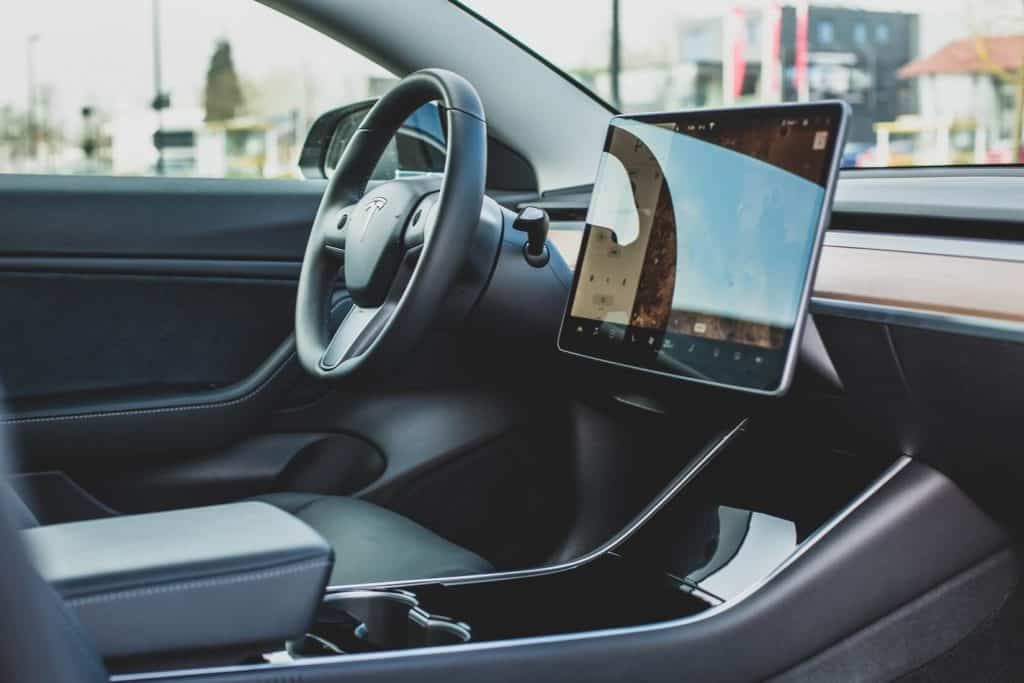The global smart transportation market will register a CAGR of 22.5% to reach €285 billion by 2024, according to Grand View Research. Increasing collaboration between government and private vendors to solve traffic problems and improve road safety is the leading factor contributing to the growth of the smart transportation market. Reducing the number of road accident fatalities is one of the most significant challenges nations around the world face every day.
While most governments have invested in educating the public about traffic rules, enhancing infrastructure, and implementing strict laws to curb road accidents, the results haven’t been pleasing. Because of this, nations are turning to modern technology like traffic signal controls, smart cameras, and parking assists to improve safety on the road. Additionally, the use of in-car technology can reduce stress and increase efficiency while keeping you safe from potential traffic risks.
Provide Real-Time Traffic Monitoring
Congested roads increase the risk of traffic-related accidents, which often lead to severe injuries and death. Thanks to advanced technologies, cities can cut the rate of traffic jams related collisions. The installation of smart traffic surveillance cameras, for instance, encourages safe driving by tracking the movement of vehicles and capturing motorists who violate red-light laws.
With this technology, traffic authorities can issue tickets in real-time, discourage careless driving habits, and collect data on traffic flow. Data collected by surveillance cameras can help enhance road infrastructures and create practical solutions to road rage.
Reduce Pedestrian Accidents
Addressing pedestrian traffic is vital for maintaining road safety. By utilizing pedestrian tracking systems, traffic authorities can identify specific risk factors. Currently, cities are using vehicle-to-infrastructure technology or V2I to monitor the number of cars and pedestrians crossing intersections at different times. City planners use the information captured to determine patterns of pedestrians and traffic flow.
They can then direct cars to less populated areas or time traffic lights in favor of pedestrians to make crossing busy streets seamless. Traffic authorities are also embracing the use of other smart road safety technology, including adaptive traffic lights, LiDAR, and achieved data management system (ADMS) to control traffic, detect speed, and manage data.
Advanced technology, like automotive telematics, can receive, send, and store data via telecommunication devices. Telematics improves road safety by monitoring and providing data related to driving behaviors such as speed, acceleration, braking, and time spent on the road. Drivers can process this information to evaluate their impact on roads and take the right measures to make roadways safer. Besides helping drivers to combat poor driving behaviors, telematics has proven effective in personal injury law.
When involved in a car crash, most people hire an auto accident lawyer to ensure they protect their legal rights. A reputable attorney gathers substantial evidence to help you receive the compensation you deserve if the accident was someone else’s negligence. While eyewitnesses and photos captured during the incident might be of help, your lawyer will consider using telematics. Because of its ability to record data regarding speed, braking, acceleration, this tech feature provides accurate information required to solve accident cases and evaluate the severity of injuries caused when a crash occurred.
Limit Phone Distractions
Using smartphones while driving leads to distractions and fatal road accidents. A general rule is to keep your phone out of reach or switch it off. However, it is often impossible to ignore an urgent call or text message. In such circumstances, using a Bluetooth hands-free kit can help you avoid phone distractions while driving. Smartphones also have apps that block calls and texts, unless your phone is connected to Bluetooth.
Mobile apps like Drivemode, Live2Txt, In-Traffic Reply, or AT&T Drive mode block incoming calls and texts. These mobile apps sense vehicle motions using your phone’s GPS and restrict or answer calls and texts automatically. Also, some built-in infotainment systems allow you to reply to text messages and control music and audio systems using voice control to prevent distracted driving.
Prevent You From Drowsy Driving
Almost all new vehicles come equipped with the drowsiness detection system, which plays a significant role in improving road safety. A car-based drowsiness detection works with the help of a camera and sensors to monitor head and eye movement. Based on your driving behavior, this system can detect when you are drowsy or tired.
In the event a driver is sleepy, the system triggers an alarm to keep you awake. It also suggests when you should take a break after a long drive. It does this by flashing a warning light with a cup of coffee as the symbol.
Vehicles Stop On Their Own To Avoid Collisions
In most cases, motorists cause accidents because of lapses in attention. Drowsy and distracted driving can make you steer off your lane, increasing the risk of rear-end collisions. Fortunately, new high-tech features warn not only of potential hazards but also intervene to prevent accidents. The lane departure warning, safe driver assistance, automatic emergency braking system and forward collision system are some of the most effective advanced driver assistant technologies enhancing road safety.
Automatic emergency braking, for example, engages the brakes to slow down. It even stops the car when the system detects danger, and the driver takes too long to react. The lane departure warning feature alerts you if the vehicle crosses lane markings while the turn signal is off.
Improves Visual Alert
Driving a vehicle with a blind spot detection system can minimize the rate of lane-change accidents. Blindspot detectors rely on radar sensors, cameras, or both to monitor the car’s surroundings. When a vehicle is in a driver’s blind spot, this device sends a visual warning or notification. This creates an awareness of the situation. The driver can then take immediate action to avoid the risk of collision.
By adopting advanced technologies, traffic authorities and drivers can make roads safer for everyone. As technology continues evolving, we can expect an increase in road safety in the coming years. Nonetheless, drivers should also utilize simple features like seat belts to reduce fatalities
